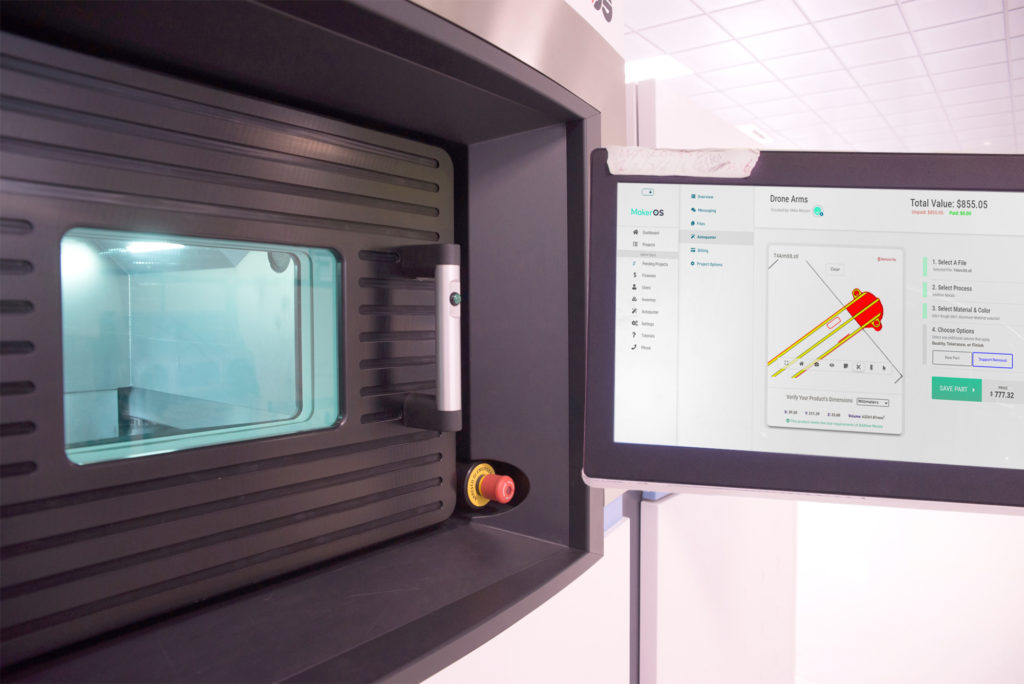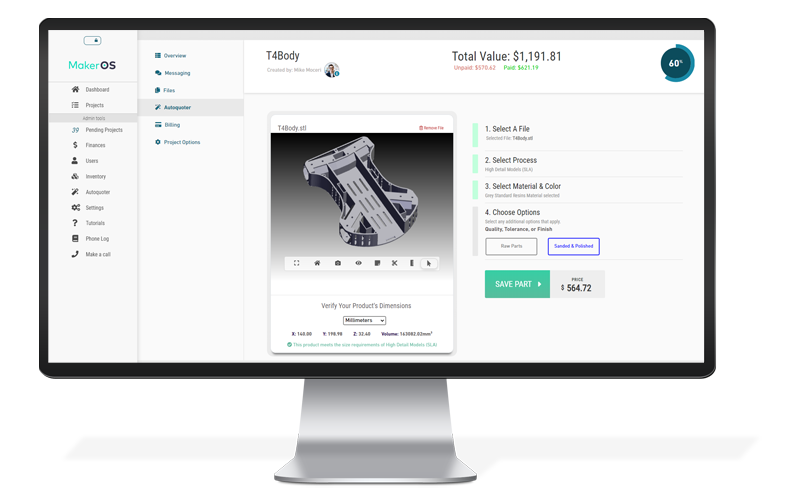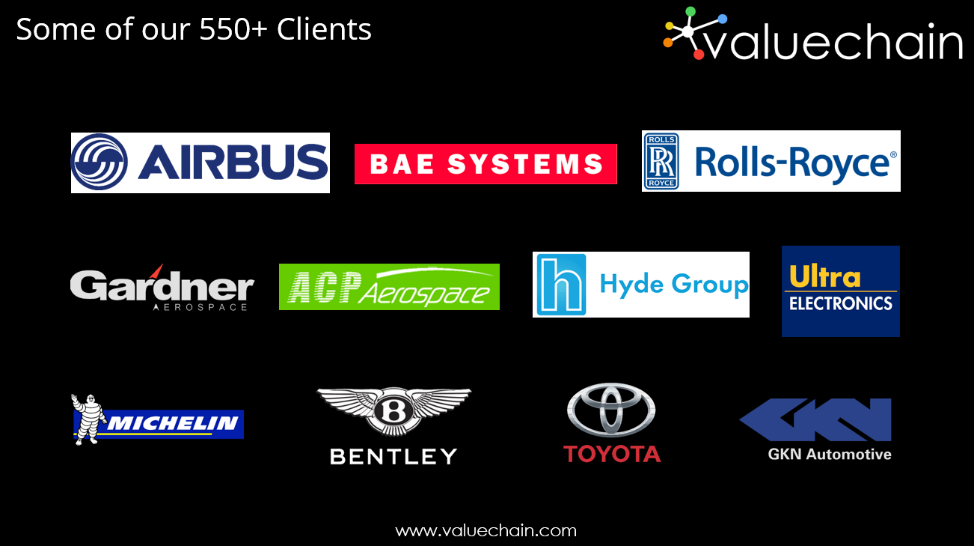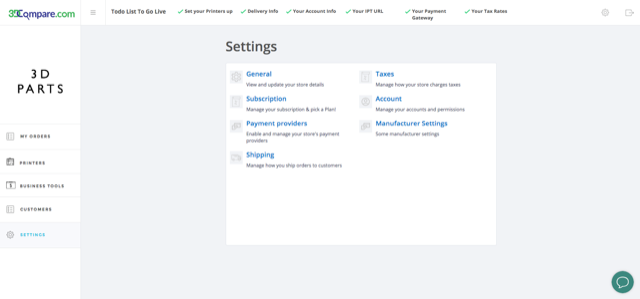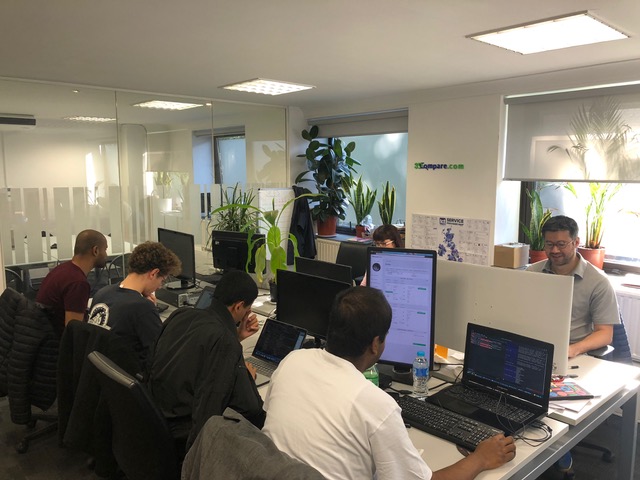Scaling a business is more than just adding customers and profits. Scaling includes having an easy automated process in place for new potential clients to start a project with you. Technology is certainly a big part of this, but more so it involves a mindset to give your customer the tools needed to get answers that move them along the path of doing business with you more often.
We know that prospective customers often just want to know, “how much will this cost?” so we must be able to have a quick answer for them, ideally one that’s automated but also inexpensive. Larger service bureaus are able to afford the front-end tools that prospects increasingly expect – notably, the ability to quote a project online in seconds.
Let’s cut right to it: You need a tool to quote projects faster and more completely, more comprehensively. Ideally, this “get a quote” calculator is built right into your website working 24/7 for you. You want to be able to quote the project without investing tons of your time, your top engineer’s time, or demanding more of the prospective customer’s time.
Perfecting the quoting process for 3D printing services is what pushed me to start MakerOS, and it’s one that we continue to solve. We’ve noticed that successful companies go beyond a robust quote methodology and website tool.
Ultimately, they start connecting internal processes (including sales and customer experience tools), and then link it to a healthy customer relationship management (CRM) process (one built specifically for 3D printing and additive manufacturing companies which dramatically help retention and future referrals).
Let’s look at these three areas to improve the customer experience and your profitability:
Start with the Quote
- Convert more prospects into paying customers when you use a holistic quoting methodology. People are going to come to your website expecting they can enter some basic parameters, a copy of the file to be printed or made, and get a rough idea of the cost.
- Capture relevant information for salespeople and engineers during the quoting process. Information that will close any gaps between sales and engineering will create better collaboration and optimized workflows for you and your customer. Relevant information might include specific instructions the customer shares with the sales person, but in many companies would not get transferred immediately to the engineer. The earlier you put information in front of key people, the sooner your customer realizes he or she is at the center.
- You are not in the business of providing quotes; you are in the business of completing projects for clients.
Connect Your Processes to Set Yourself up for Success
- Sync the sales process with engineering and product development to become more efficient
- Automate a lot of the admin work to free up time to focus on the final product. Most CRM tools will allow you to send automated messages keeping customers up-to-date on what is happening with their project build.
- Provide a professional experience for your customer
Retain Customers
- Since receiving a fast quote is practically a requirement today, by doing so you will reduce attrition and build a client base. You will have more opportunities to converse with your prospect and win them over if you give them what they want – the quote – as fast as possible.
- When you include clients in your workflow, give them access to data about what will happen or is happening with their job, they will see you as a trusted provider. A bit of a shameless plug here: we believe the MakerOS Client Portal and Communication Hub enables a level of client collaboration because it focuses on unique aspects of running a 3D printing service bureau — keeping you in production mode.
- When you put the customer at the center, open up visibility into your production process, your clients will become champions of your business. They are more likely to give you referrals because of this transparency.
You’ll be better able to grow when you make it easy for your customer to do business with you via smart quote tools accessible on your website. After you have gained their trust with a fast and responsive quote, given them transparency into the workflow as the job gets done, you earn the right to keep in contact to encourage future business (using your customized CRM process). Keep scaling.
We built MakerOS with a holistic methodology to enhance your ability to quote 3D printing projects, taking into account all aspects of the business. You can test our 3D Printing Pricing Calculator that we developed to complement our new methodology.
MakerOS is a web-based, all-in-one collaboration platform for 3D printing and digital fabrication companies to develop products faster, regardless of company size or stage.
If you’re looking to ensure you’re pricing correctly, or how to scale your 3D printing business, contact us to learn more.
About the Author:
 Mike Moceri has deep experience in manufacturing, design, and software. In 2013, he co-founded the world’s first 3D printing retail service bureau in Chicago. In 2014 he founded Manulith, a 3D printing and product design agency, where his clientele included Fortune 500 companies within the aerospace, automotive, and medical industries. Mike is also a mentor at Stanley+Techstars Additive Manufacturing Accelerator, a mentor at WeWork Labs in NYC, and formerly a mentor at TechTown Detroit. He’s previously been featured on MSN, Make Magazine, NBC, and the Encyclopedia Britannica. D-Business Magazine called him the “Face of 3D printing.” Mike is currently the founder and CEO of MakerOS, an all-in-one collaboration platform for additive manufacturing services to efficiently work with clients throughout the entire lifecycle of a project.
Mike Moceri has deep experience in manufacturing, design, and software. In 2013, he co-founded the world’s first 3D printing retail service bureau in Chicago. In 2014 he founded Manulith, a 3D printing and product design agency, where his clientele included Fortune 500 companies within the aerospace, automotive, and medical industries. Mike is also a mentor at Stanley+Techstars Additive Manufacturing Accelerator, a mentor at WeWork Labs in NYC, and formerly a mentor at TechTown Detroit. He’s previously been featured on MSN, Make Magazine, NBC, and the Encyclopedia Britannica. D-Business Magazine called him the “Face of 3D printing.” Mike is currently the founder and CEO of MakerOS, an all-in-one collaboration platform for additive manufacturing services to efficiently work with clients throughout the entire lifecycle of a project.
The post The Fastest Way to Scale Your 3D Printing Business appeared first on 3DPrint.com | The Voice of 3D Printing / Additive Manufacturing.

